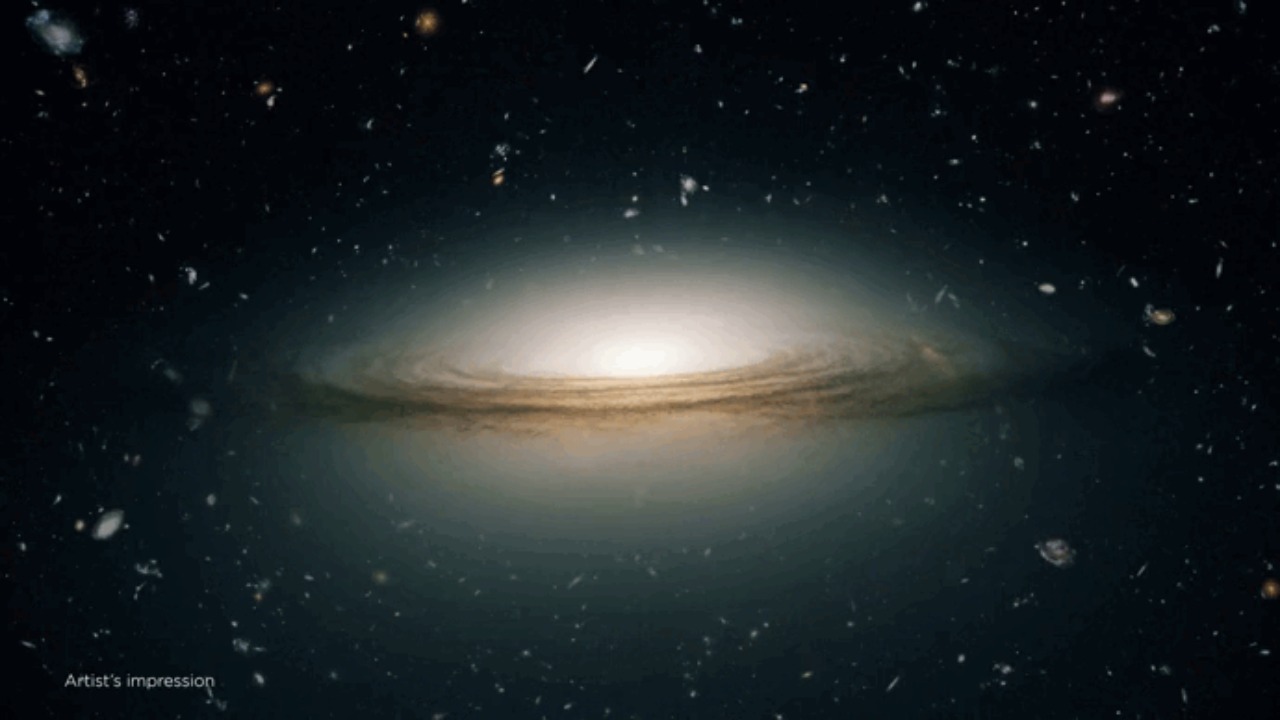
A team of astronomers, including citizen scientists, have identified ORC5 as the most powerful and distant odd radio circle (ORC) ever observed. Located at a redshift of z=0.96, ORC5 is approximately 7.8 billion light-years from Earth and spans about 420,000 light-years in diameter. The discovery of ORC5, which was detected using the MeerKAT radio telescope in South Africa, challenges current theories on the formation of ORCs due to its radio emissions being 10 times brighter than previously known examples. This milestone in collaborative astronomy was initially spotted through the Radio Galaxy Zoo project and later confirmed via follow-up observations with multiple telescopes as of October 2024.
What Are Odd Radio Circles?
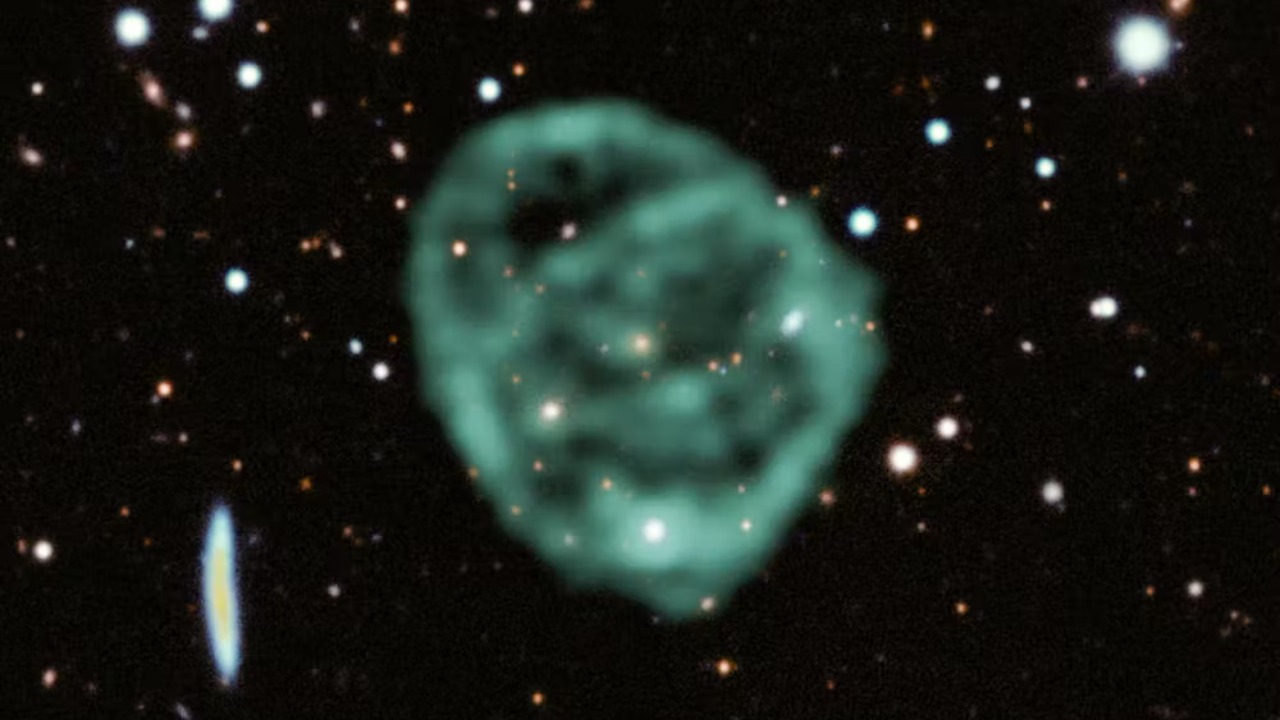
Odd radio circles (ORCs) are mysterious ring-shaped structures that are primarily visible in radio wavelengths. They were first discovered in 2020 through observations by the Australian Square Kilometre Array Pathfinder (ASKAP) telescope, and only a handful have been identified to date. These features lack clear optical or X-ray counterparts, leading to hypotheses that they could result from galactic mergers, shockwaves from active supermassive black holes, or even exotic phenomena like wormholes, though no consensus exists. ORCs typically measure hundreds of thousands of light-years across and appear as faint, circular emissions surrounding distant galaxies.
The Discovery Process
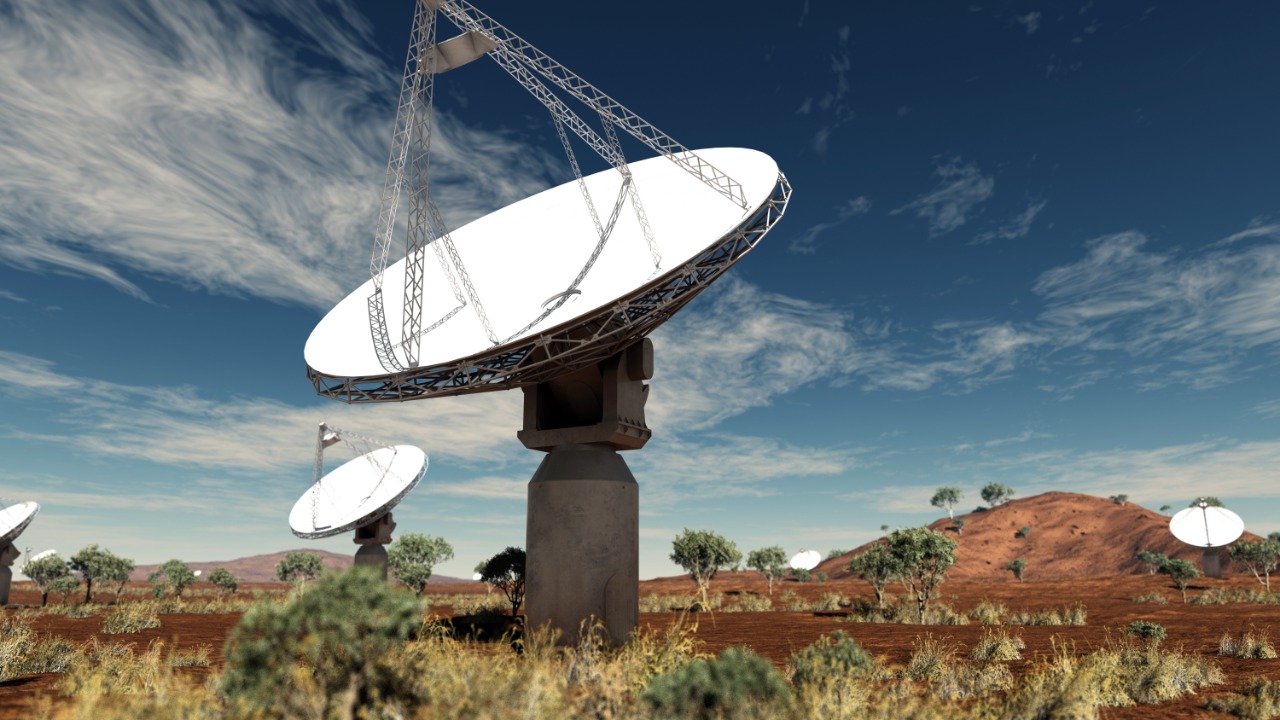
ORC5 was first noticed by citizen scientists Claire Stevenson and Rick Burress as part of the Radio Galaxy Zoo project, which crowdsources analysis of radio images from telescopes like ASKAP. The initial detection occurred in archival data from 2019, with the structure’s ring-like appearance prompting professional follow-up by astronomers at the University of Cape Town. Confirmation involved cross-referencing with infrared data from the Wide-field Infrared Survey Explorer (WISE) to rule out artifacts.
Key Observations of ORC5
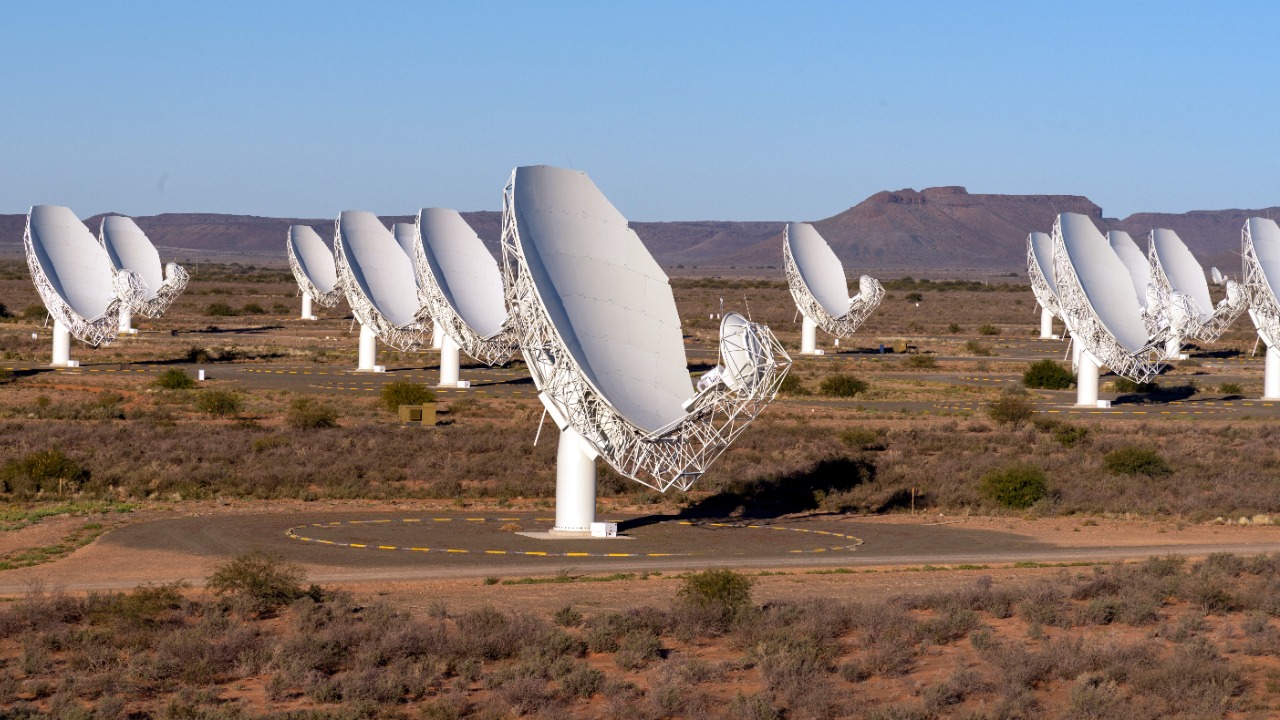
Observations with the MeerKAT telescope revealed ORC5’s radio luminosity at 1.3 × 10^25 watts, making it the brightest ORC detected, with emissions concentrated in a symmetric ring. The structure is centered on a faint galaxy classified as an early-type elliptical, with no significant X-ray emission detected by Chandra, suggesting a non-thermal origin for the radio signals. Spectral analysis shows polarized radio waves, indicating ordered magnetic fields within the ring.
Physical Characteristics and Scale
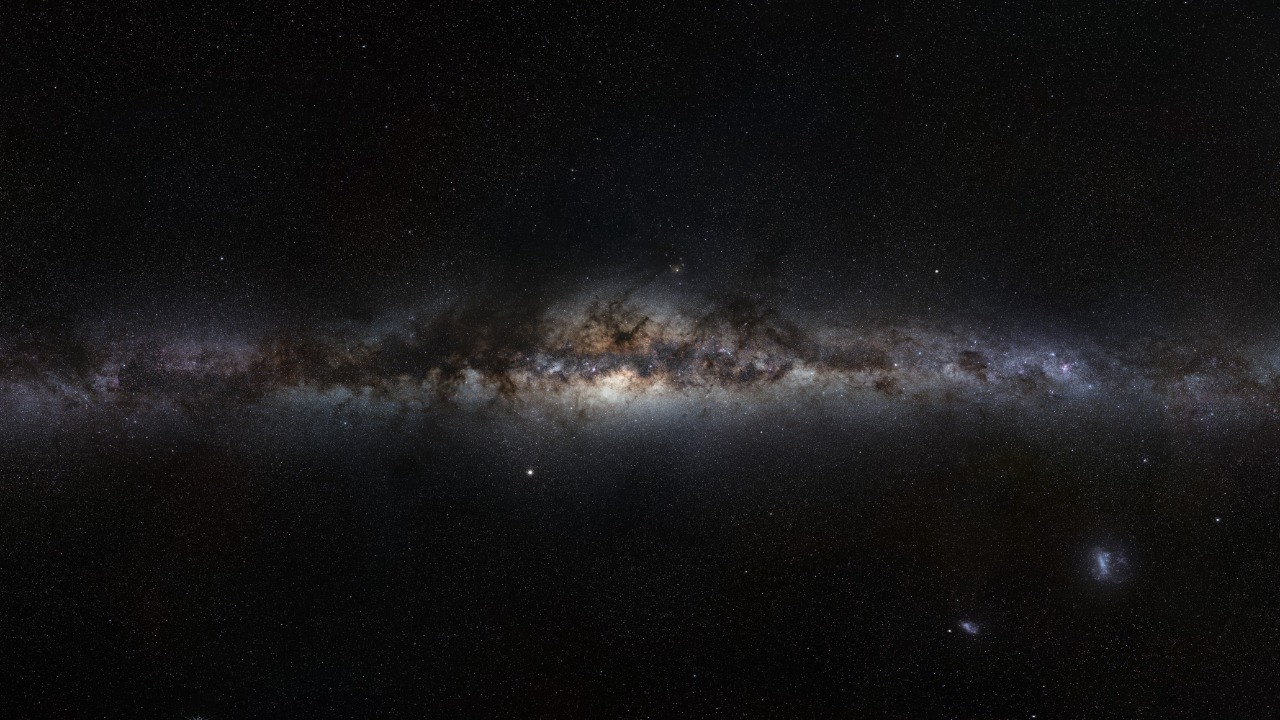
ORC5 has a diameter of about 420,000 light-years, dwarfing the Milky Way and positioning it as the largest known ORC. At redshift z=0.96, it dates back to when the universe was about 5.4 billion years old, offering a glimpse into cosmic evolution during the peak of star formation. The ring’s uniformity and lack of internal structure distinguish it from typical radio lobes associated with active galactic nuclei.
Possible Formation Mechanisms
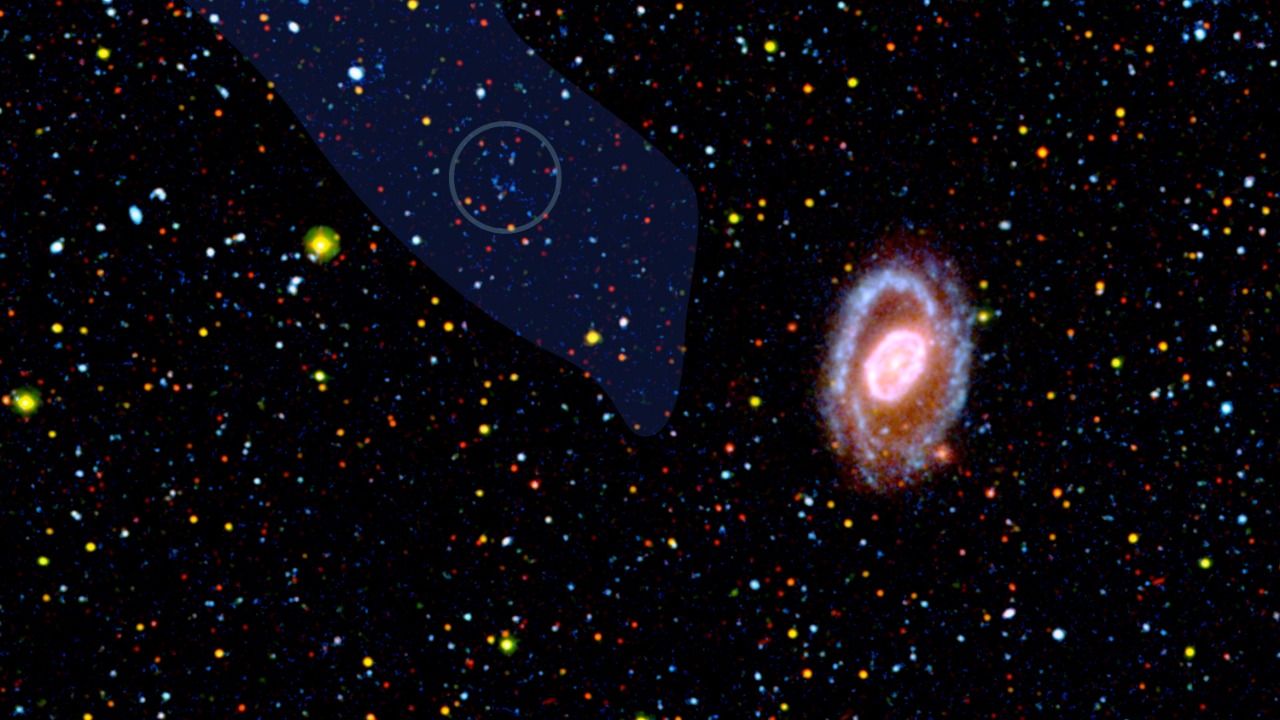
One leading theory posits that ORCs like ORC5 form from powerful outflows or jets from supermassive black holes inflating bubbles in the intergalactic medium. Alternative explanations include shock fronts from merging galaxy clusters or the remnants of extreme starburst events, though ORC5’s isolation challenges cluster merger models. Simulations suggest the ring could be a projected view of a spherical shell expanding at near-light speeds.
Implications for Astronomy

The discovery of ORC5 expands the known population of ORCs to at least five confirmed examples, prompting revisions to models of radio emission in the early universe. It underscores the value of citizen science in uncovering rare phenomena, with the Radio Galaxy Zoo project now verifying over 100 potential ORCs. ORC5’s properties may link to broader cosmic structures, potentially influencing our understanding of dark matter distribution and magnetic fields on large scales.
Future Research Directions
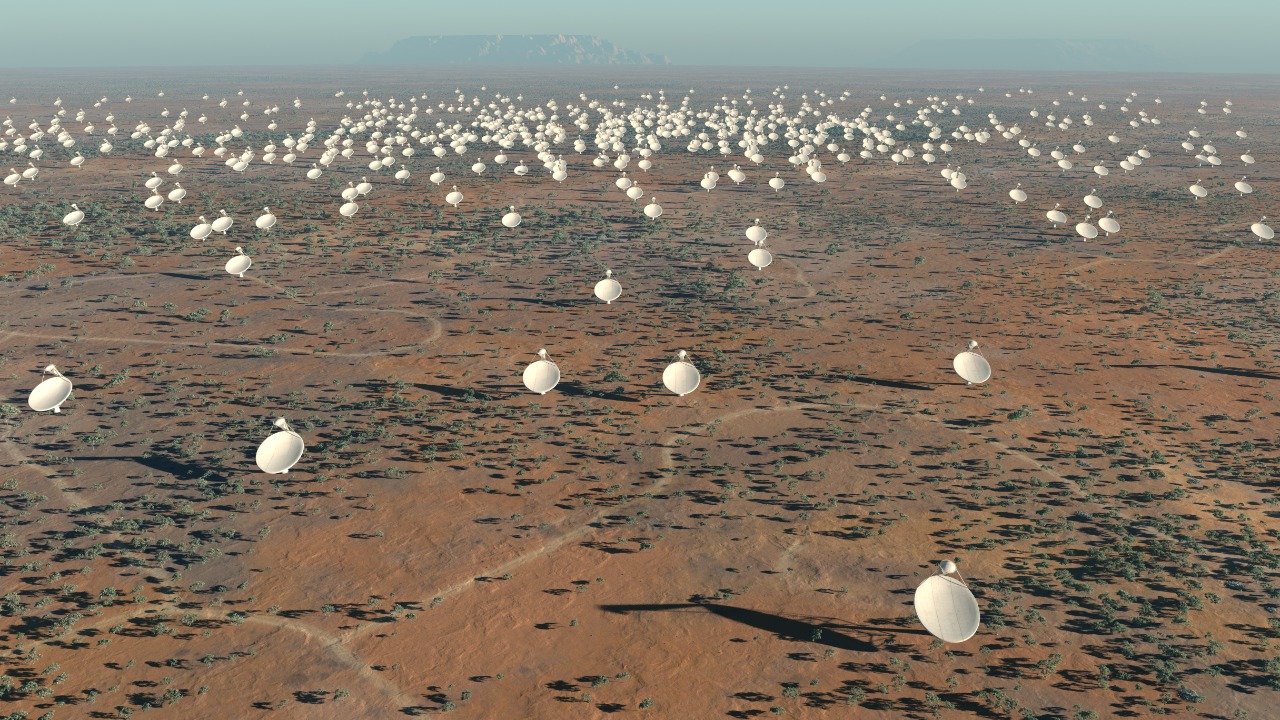
Upcoming observations with the Square Kilometre Array (SKA) could detect fainter ORCs and map their 3D structure through multi-wavelength surveys. Detailed studies of ORC5’s host galaxy using the James Webb Space Telescope may reveal star formation history and black hole activity. Theoretical modeling will focus on testing formation scenarios against ORC5’s high luminosity and distance.